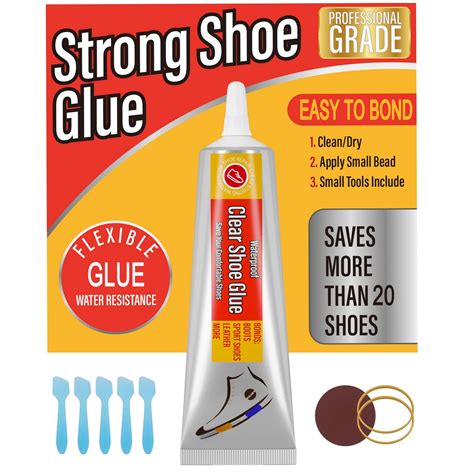Why Good Glue Matters
Wigs have become an increasingly popular way to enhance one’s appearance, offering versatility and instant style. However, the key to a flawless wig application lies in choosing the right glue. A strong, reliable adhesive ensures a secure hold, prevents slippage, and enhances overall comfort.

Pain Points:
- Wig slippage or shifting during movement
- Irritation or discomfort caused by harsh glues
- Short-lived adhesion, requiring frequent reapplication
Motivations:
- Secure and confident wig wear
- Natural-looking and seamless appearance
- Convenience and time-saving
Types of Glue for Wigs
The market offers a wide range of wig glues, each with its own unique properties. Here are the most common types:
1. Liquid Adhesives:
- Water-based or solvent-based
- Offer strong hold and quick drying time
- May require multiple coats for optimal adhesion
- Some formulas can be irritating to sensitive skin
2. Tape Adhesives:
- Double-sided tapes specifically designed for wigs
- Provide a secure hold without using chemicals
- Easy to apply and remove
- Can be less breathable than liquid glues
3. Gel Adhesives:
- Thick, gel-like consistency
- Forms a flexible bond that allows for slight movement
- Less likely to cause skin irritation
- May not provide as strong a hold as liquid glues
4. Remover-Activated Adhesives:
- Require a separate adhesive remover for safe removal
- Offer a very strong hold that lasts for several days or weeks
- Most suitable for long-term wig wear
Choosing the Right Glue for Your Needs
Selecting the most suitable glue for your wig depends on several factors:
- Skin Sensitivity: Choose hypoallergenic formulas if you have sensitive skin.
- Wig Type: Different wig materials require specific types of adhesives.
- Duration of Wear: Consider the length of time you intend to wear the wig.
- Activity Level: If you plan on engaging in high-intensity activities, opt for a strong-hold glue.
Table 1: Comparison of Wig Glue Types
| Glue Type | Hold Strength | Drying Time | Breathability | Skin Sensitivity |
|---|---|---|---|---|
| Liquid Adhesives | High | Fast | Low | Can be Irritating |
| Tape Adhesives | Medium | Immediate | Moderate | Low |
| Gel Adhesives | Flexible | Moderate | High | Low |
| Remover-Activated Adhesives | Extra Strong | Slow | Low | High |
How to Apply Wig Glue Properly
- Prep the Skin: Cleanse your scalp and remove any oils or dirt.
- Apply Thin Layer: Apply a thin layer of glue to the hairline or wig cap.
- Wait for Tackiness: Allow the glue to become slightly tacky before applying the wig.
- Press and Hold: Press the wig firmly onto the glue and hold for several minutes.
- Check for Secure Fit: Ensure the wig is securely attached and does not move when gently tugged.
Common Mistakes to Avoid
- Over-Applying Glue: Excess glue can cause irritation, discomfort, and damage to the wig.
- Applying to Dry Skin: Moisture is necessary for the glue to adhere effectively.
- Rushing the Process: Allow the glue to dry completely before wearing the wig to prevent slippage.
- Using Harsh Removers: Avoid using harsh removers that can strip the skin of its natural oils.
Pros and Cons of Wig Glues
Pros:
- Secure and long-lasting hold
- Enhances the naturalness of the wig
- Protects the hairline from damage
Cons:
- Can be irritating to sensitive skin
- Requires proper removal to avoid skin damage
- May not be suitable for all wig types
Creative Applications of Wig Glue
Beyond its traditional use, wig glue has found innovative applications in various fields:
- Prosthetics and Special Effects Makeup: Blending artificial prosthetics with the skin for a seamless look.
- Cosplay and Costume Design: Securing intricate costume pieces and accessories.
- Craft and DIY Projects: Bonding materials and enhancing textures for creative projects.
Conclusion
Choosing the right glue for your wig is essential for a comfortable, secure, and satisfying wear experience. By understanding the different types, properties, and best practices of wig glue, you can achieve flawless and long-lasting adhesion. Whether you are a seasoned wig wearer or exploring wigs for the first time, make informed decisions and find the perfect glue to suit your unique needs.
